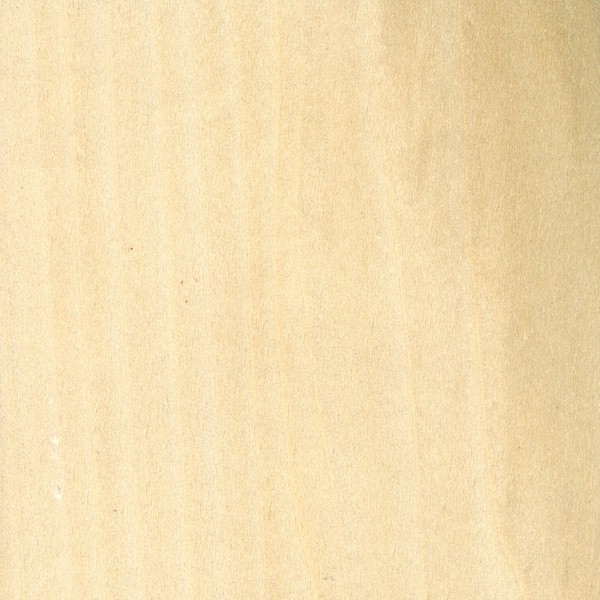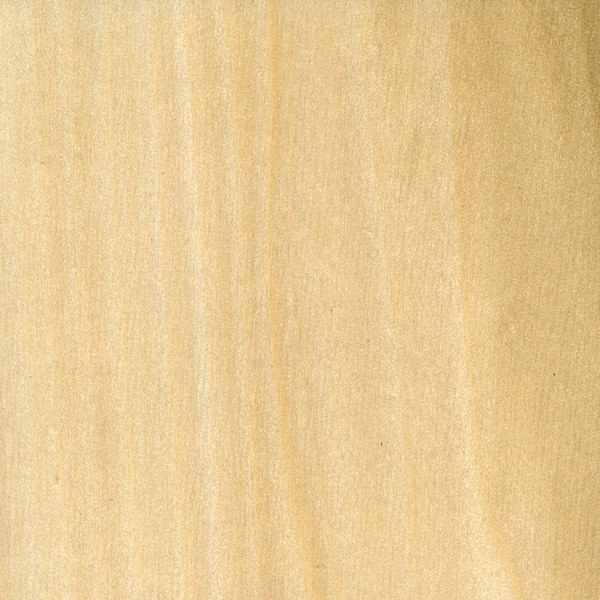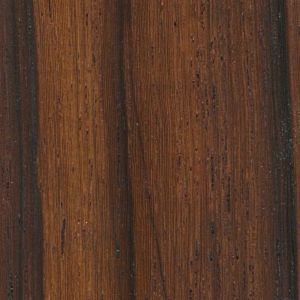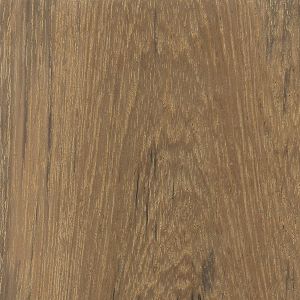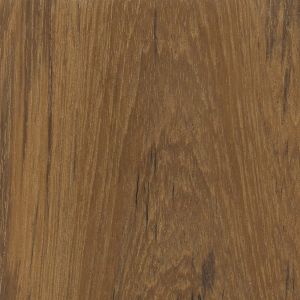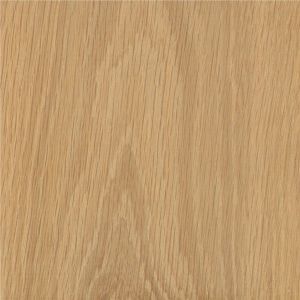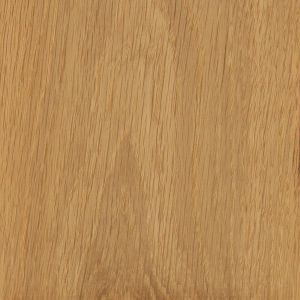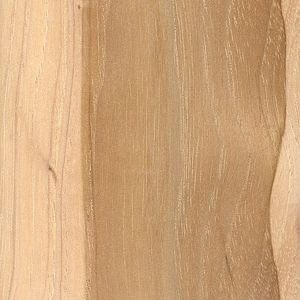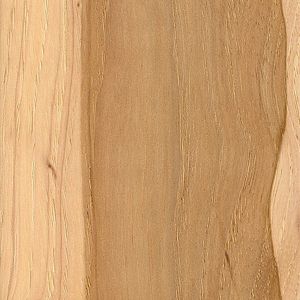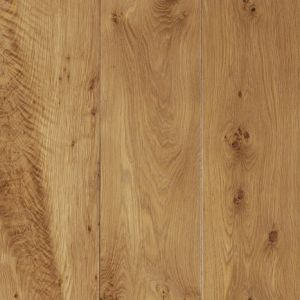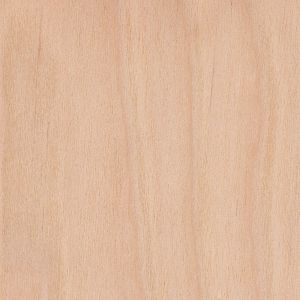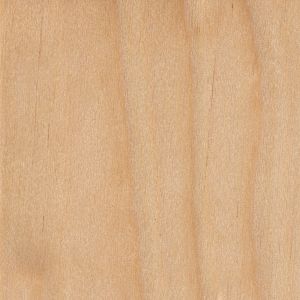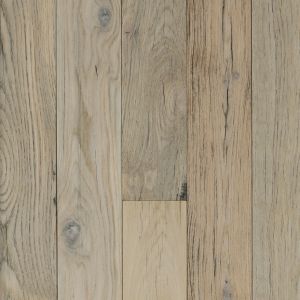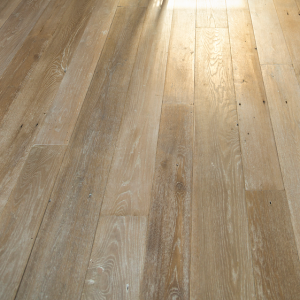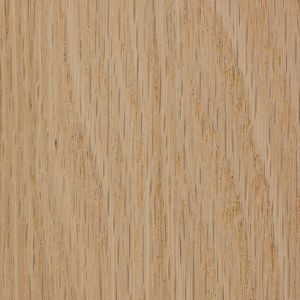bring your HOME to life with unique surfaces:
The finish materials you use for the surfaces around your home can become some of the most important focal points in your home. Using a carefully selected wood for interior floors, cabinets, and other surfaces can add a unique tactile effect that exudes beauty and luxury. Take advantage of our carefully curated wood options to bring your home to a new standard.
USES:
Poplar wood can be used for cabinets, interior flooring, interior paneling, veneer, and millwork.
Color Range
Poplar heartwood is light yellowing brown to light cream. Poplar sapwood is white to pale yellow. Both woods are so light there is often no visual difference between the two. Poplar can see mineral stains in colors from olive green, to red and dark purple (if so, this wood is called rainbow poplar). All poplar wood darkens with exposure to light.
Poplar wood is often stained darker. When it has been stained, it is very hard to tell it apart from Cherry.
Poplar will exhibit moderate color variation from board to board.
Grain & Visual Pattern:
Poplar has a straight, uniform grain. The visual grain pattern changes based on the type of cut, but it generally has a medium texture and low natural luster.
Texture and Finish:
Poplar is a smooth wood with a medium texture. Because it is soft, light, and not dense, it is best to finish the wood with a smooth sand.
Poplar can be stained darker, and often resembles Cherry when done so. Stain results in a traditional dark reddish color. Poplar’s grain can be displayed with a simple matte or gloss finish.
Environmental
This wood species is not listed in the CITES Appendices or the IUCN Red List of Threatened Species.
We believe when the building industry sources and manufactures building materials with sustainability in mind, we all live in a healthier world. Therefore, we source our Poplar wood from trees cultivated in the United States by environmentally responsible harvesters.
Workability:
Poplar is very easy to work with because it is soft and lightweight. In fact, one of its only downsides is its softness. Due to its low density, Poplar can have fuzzy edges, so it is best to sand very smooth.
Decay Resistance:
Poplar heartwood is rated as moderately durable to non-durable. It holds up very well over time when manufactured properly and used indoors.
Performance
TEST |
U.S. Measurement |
International measurement |
|---|---|---|
| Janka Hardness: | 540 lbf | 2,400 N |
| Average Dried Weight: | 29 lb/ft³ | 455 kg/m³ |
| Modulus of Rupture: | 10,100 lbf/in² | 69.7 MPa |
| Elastic Modulus: | 1,580,000 lbf/in² | 10.90 GPa |
| Crushing Strength: | 5,540 lbf/in² | 38.2 MPa |
| Density: | 22-31 lb/ft³ | 350-500 kg/m³ |
| Shrinkage: | Radial: 4.6%; Tangental: 8.2%; Volumetric: 12.7% |
83%+ Clear:
We start with Select & Better graded lumber that is at least 83% clear on one side.
Kiln dried:
All of our wood is kiln dried and stored in a protected warehouse.
We store our wood as S4S, which stands for “surfaced on 4 sides.” The boards have two flat and parallel faces and two flat and parallel edges. The boards are first surfaced on both faces (S2S) with a planer, and receive a rip on both edges.
BULK Commercial Pricing
Because we have become known for our unique material selection, we do sell wood slabs to third parties. If you are working on a large project and in need of large amounts or slabs, we can offer great pricing for bulk orders. We can also finish the wood for your project. However, our wood is hand selected for superior appearance and performance, so contact us to confirm availability and to receive a quote.


